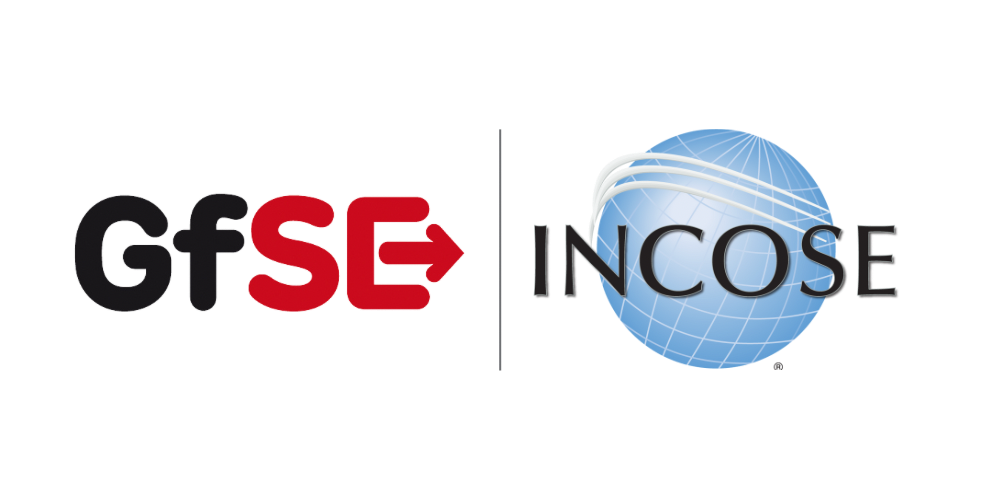| Concept | Documentation |
|---|
| System Of Interest | An abstract element representing a SOI. Base class for specific kinds of SOIs. |
| System Context | Specifies the fact that a context for a System of Interest is defined. |
| System Function | Specifies the fundamental action or task that have to take place in the System in accepting and processing the inputs and in processing and generating the outputs. A System Function * accepts input from the System boundary * exposes its output at the System boundary * changes the System's State * is dependent on System's State Note: A System Function does not need to expose observable output, when it changes the System's state in a way that is observable by other system functions. Furthermore, a System Function does not need to accept any input from the system boundary, when it is dependent on the System State, which in turn is changeable by other System Functions. |
| System Context Element | An abstract element representing a System Context Element. Base class for specific kinds of Context Elements. |
| System Context Element Role | Specifies the fact that a System Context Element exists in a given System Context. |
| System SOI Role | Specifies the fact that a System SOI exists in a given System Context. |
| General Function | Specifies a General Function. It is used as base Class for specific System or Context Functions, or Partial Functions. |
| System | An abstract element representing a System. |
| Security Context | The Security Context describes all internal and external elements, boundaries, interconnections and assumptions that referes to the security of a system or an asset. DIN ISO 31000:2018-10 defines: "The context of the risk management process should be derived from an understanding of the external and internal environment in which the organisation operates and should reflect the specific environment of the activity to which the risk management process is applied." |
| |
| Asset | Asset Definition in ISO 27005, Chapter „Identifying and describing information security risks“ [§7.2.1] (Page 17): „An asset is anything that has value to the organization and therefore requires protection.“ Asset Definition NIST SP 800-160v1r1 „The Concept of Assets“ [§3.4] Page 16: „An asset is an item of value. There are many different types of assets. Assets are broadly categorized as either tangible or intangible. Tangible assets include physical items, such as hardware, computing platforms, other technology components, and humans. Intangible assets include humans, firmware, software, capabilities, functions, services, trademarks, intellectual property, data, copyrights, patents, image, or reputation.“ |
| Security Objective | The Security Objectives are defined as the CIA-Triad (Confidentiality, Integrity, Availability) (Synonym: Security Attribute, Security Propaty) FIPS PUB 199 - Standards for Security Categorization of Federal Information and Information Systems: "The FISMA defines three security objectives for information and information systems: CONFIDENTIALITY “Preserving authorized restrictions on information access and disclosure, including means for protecting personal privacy and proprietary information…” [44 U.S.C., Sec. 3542 ] A loss of confidentiality is the unauthorized disclosure of information. INTEGRITY “Guarding against improper information modification or destruction, and includes ensuring information non-repudiation and authenticity…” [ 44 U.S.C., Sec. 3542] A loss of integrity is the unauthorized modification or destruction of information. AVAILABILITY “Ensuring timely and reliable access to and use of information…” [44 U.S.C., S EC. 3542 ] A loss of availability is the disruption of access to or use of information or an information system." |
| Intangible Resource | tangible & intangible resources are types of Assets. The NIST SP 800-160v1r1 - Engineering Trustworthy Secure Systems describes them following: „There are many different types of assets. Assets are broadly categorized as either tangible or intangible. Tangible assets include physical items, such as hardware, computing platforms, other technology components, and humans. Intangible assets include humans, firmware, software, capabilities, functions, services, trademarks, intellectual property, data, copyrights, patents, image, or reputation.“ |
| Tangible Resource | tangible & intangible resources are types of Assets. The NIST SP 800-160v1r1 - Engineering Trustworthy Secure Systems describes them following: „There are many different types of assets. Assets are broadly categorized as either tangible or intangible. Tangible assets include physical items, such as hardware, computing platforms, other technology components, and humans. Intangible assets include humans, firmware, software, capabilities, functions, services, trademarks, intellectual property, data, copyrights, patents, image, or reputation.“ |
| Security Enviromental Element | An abstract element representing a Security Context Element occurring in the environment of an asset. |
| Adversary | Adversary definition from NIST Special Publication 800-30, Glossary [APPENDIX B]: “Individual, group, organization, or government that conducts or has the intent to conduct detrimental activities.” |
| Attack Vector (old) | |
| Assumption | |
| ADVusesAV | |
| Security Context Element | An abstract element representing a Security Context Element. Base class for specific kinds of Security Context Elements. |
